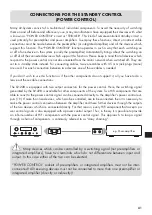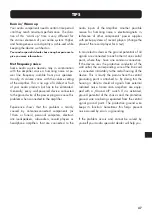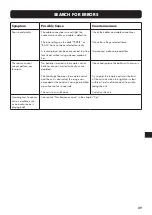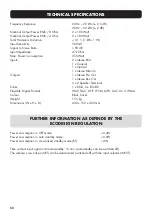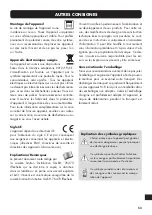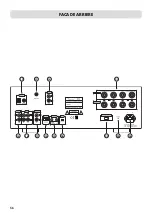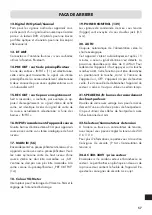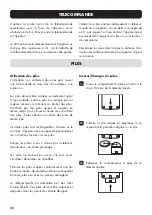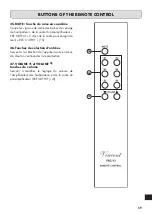
51
GLOSSARY
Audio Sources/Source devices
These are the components of your HiFi system
and all other appliances, whose sound you want
to hear over the system and are thus connected
to the preamplifier, amplifier or receiver. This
includes CD players, DVD players, tuners (radios),
cassette players, DAT recorders, personal compu-
ters, record players, portable audio devices and
many more.
dB Level
This is a way of describing any physical quantity; it
is a common measurement for signal voltages and
the volume. It is given in decibels (dB). Alternating
signal voltages below 1V (RMS) are described as
“line level” voltages, which are suitable as music si-
gnals for amplifier inputs. Inputs on amplifiers (most-
ly represented by RCA sockets), which are designed
for signals on the CD player, tape recorder, DVD
player etc. are also referred to as “line level in-
puts”. Those signal inputs must not be confused
with inputs that accept preamplified signals.
Dynamic
The volume difference between the quietest and the
loudest sounds possible in audio signals (without
distortion or transition to noise). Dolby-Digital and
DTS soundtracks allow very high dynamics and
produce excellent cinema-like effects.
Input sensitivity
Term for the smallest average (RMS) input voltage
which causes the maximum output power at the ma-
ximum volume setting on the amplifier. Examples:
100 mV to 500 mV (Millivolts) on line level inputs,
2 mV to 5 mV on the phono MM input or 0.1 mV
to 0.5 mV on the phono MC input.
RCA
RCA is the American name for a type of coaxial
con-nectors and sockets, originally the abbreviation
for “Radio Corporation of America”, the name of
a United States company. Both the plug and cable
con-sist of a rod-shaped inner lead and a cylindri-
cal-shaped outer lead. This enables a mono audio
signal or a video signal to be transmitted. Compa-
red to the XLR plug connector, this type of connecti-
on is also called “unbalanced signal connection”.





